They say he plays handball like he’s psychic.
That he spots opportunities others don’t see.
So what’s really going on with Sander Sagosen? The fact is, he didn’t know.
Not until he got to try a pair of extraordinary eyeglasses.
Sagosen’s sixth sense
Sagosen’s sixth sense
It’s well before noon. Sander Sagosen is standing in the handball court at the Norwegian School of Sports Sciences by Sognsvann in Oslo.
He takes a few tentative steps.
He finally concludes that it’s doable. He can train with the glasses on.
Beside him, three researchers are watching him closely. They’ve got something special to scrutinise today.
They’re here to investigate Sagosen’s extreme eye for the game.
These eyeglasses would give us a unique insight into one of the best minds in handball. Lars Brotangen (right) and Karl Marius Askum kit him out.
These eyeglasses would give us a unique insight into one of the best minds in handball. Lars Brotangen (right) and Karl Marius Askum kit him out.
Laser sharp
Because there’s something about Sagosen’s eyesight. As former national team star Glenn Solberg says:
– Sagosen is someone who spots solutions nobody else sees.
National team coach Christian Berge agrees. Sagosen is good at absolutely everything, good enough to be considered the world’s best. But if there’s one thing that really sets him apart from all the others, the coach says, it’s his view. The 24-year-old player always sees scoring opportunities, no matter what.
Sagosen just knows. And he knows so well that he seems to be… almost psychic?
– The thing about Sander is that he has an extreme tendency to stay ahead of what’s happening in the match, often several moves in advance, says national team coach Berge.
Almost as if Sagosen can read the minds of the others on the court?
– Well, he often seems to know what’s going to happen in advance, says Berge with a chuckle.
For ages, the coach has been itching to know what’s going on in Sagosen’s mind when he does that.
Because what exactly is this ability?
Who can stop Sander Sagosen? Not that many, no matter how they try to defend themselves. They failed here, when Norway played against France in last winter’s EHF EURO Cup.
Who can stop Sander Sagosen? Not that many, no matter how they try to defend themselves. They failed here, when Norway played against France in last winter’s EHF EURO Cup.
What champions have in common
If you’re interested in sports, you’ve probably thought about it: There are some athletes, often the absolute champions, that are like Sander Sagosen.
They can see what’s going to happen, and are always a step ahead of the others.
You know, like for example Lionel Messi, who conjures up room to play out of nowhere, and always knows exactly where the ball will go next.
Or the elegant midfielder Andrea Pirlo, who played as if he had eyes in the back of his head. The Italian had a unique ability to blow the tightest defences wide open. Like for example with this minute, ingenious detail:
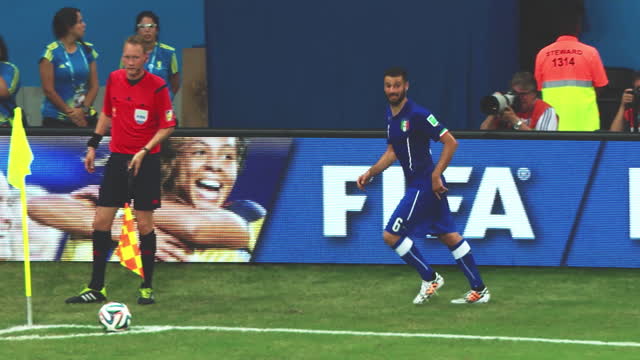
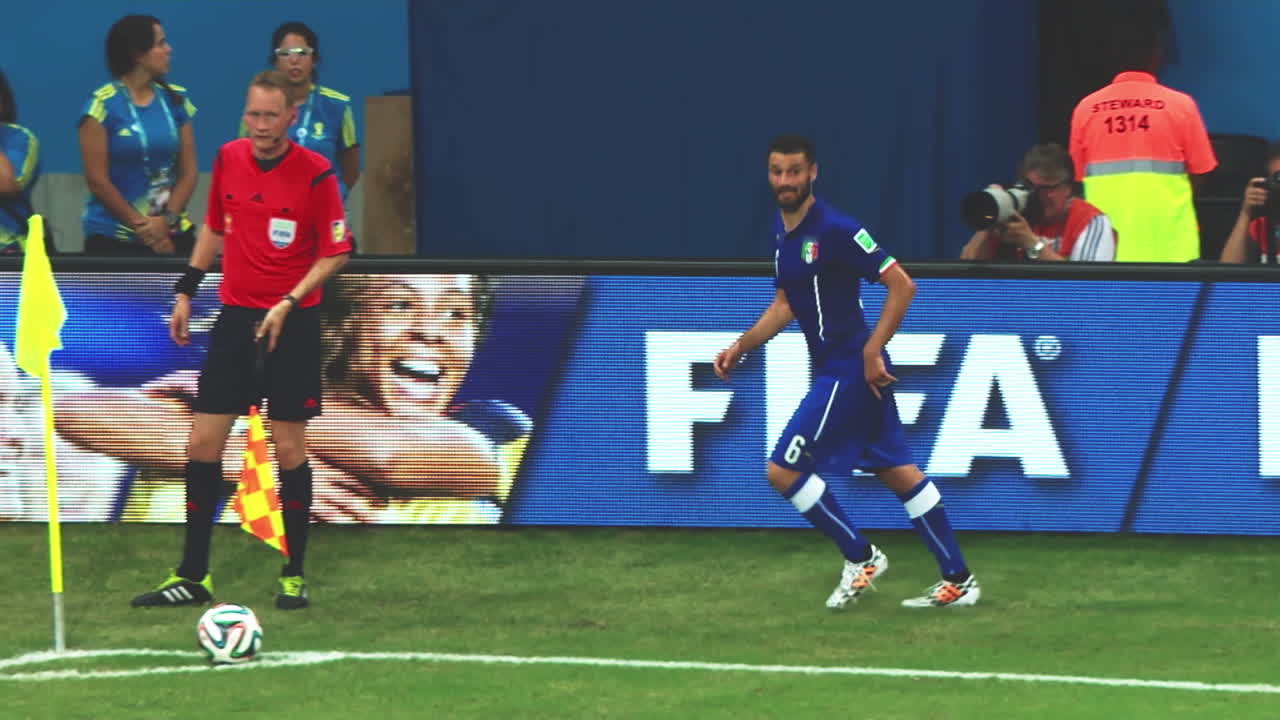
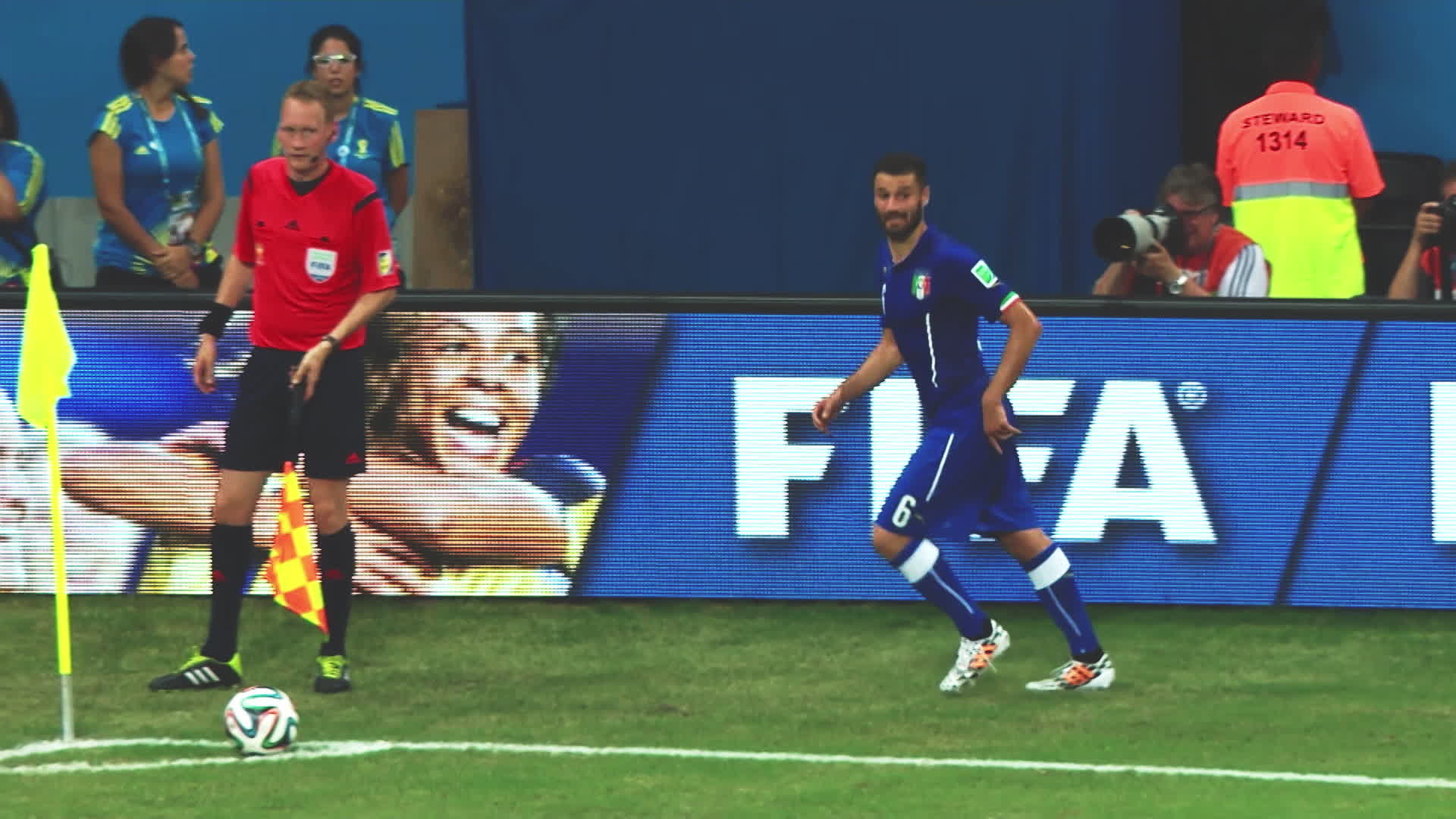
Players like this have something in common. They’ve developed an extreme, sports-specific visual perception.
Perception is the ability we all have to use our senses, like eyesight or hearing, to gather information and interpret our surroundings.
Perception helps us understand how to solve all kinds of situations, from mundane things like manoeuvring in traffic – or finding a vacant table in a chaotic beer garden.
The best thing about perception? It can be trained. So when you train specifically at doing something, like a sport, it’ll just get better and better.
To such a degree that it starts to seem like a sixth sense in some people.
The particular eyeglasses
And now, for the very first time, Sagosen’s visual perception will be studied up close.
These glasses make it possible.

The glasses have to be soundly attached. They have a battery on the subject’s back, so Sagosen had to wear a pretty tight shirt to keep it in place.
Norway has become a world leader in sports perception research. With the Norwegian psychologist and professor Geir Jordet leading the way, some of the world’s foremost athletes have been the subject of scientific studies.
But no handball players have been researched until now. So what can we find out about the player people call the world’s best? Can we learn something about how Sagosen thinks?
Actually, we can.

– Feels a bit weird, but it’ll work, Sagosen concludes.
Because the glasses are like a window into Sagosen’s mind.
They have a built-in camera that films exactly what Sagosen is looking at. They also contain four cameras that continuously film his eye movements. This makes it possible to see what he’s focusing on at all times.
– How precise are these glasses? Sagosen wants to know.
– Well, you can try looking at something on the table here, says Karl Marius Aksum, a senior research fellow working on a thesis about visual perception in top football.
The screen immediately reveals how Sagosen first looks at a small bottle of hand sanitiser, then looks back at the PC screen.
– Oh, that good? Sagosen exclaims.

Karl Marius Askum shows Sagosen how the eyeglasses work. Beside him are two players from Haslum, Viktor Glatthard (left) and Thomas Langerud. They’ll play defence and goalkeeper in the experiment.
Don’t know what they’re doing
These eyeglasses are a tool that’s been lacking for ages. The mentally strongest champions have a common problem: They’re almost inevitably unable to explain how they think.
This puzzled the researchers at first. They sought out the best football players and asked them questions like: Why did you do it like that? What were you thinking here? But the players had no idea.
And Sagosen is no different. Several months ago, we began to interview him for what we hoped would become a story where he explained how his brilliant handball mind worked. We assumed it would be easy for him to tell us.
Instead we were baffled to hear that the world’s best handball player says he doesn’t think.
– When I look back at my best matches, they have one thing in common: I can’t remember a single thought going through my head, Sagosen says.
On the contrary, he thinks he turns his mind off.
– The thing is, I’ve always played by intuition, says Sagosen. He explains:
– I have blind faith in my ability to make the right choice quickly enough. I never consider whether the defensive player’s arms are here or there. Handball happens so quickly that you can’t think. I just have trust my mind to hang on and do what it’s supposed to do.
The researchers realised that this absence of thought is a key. The athletes have reached a level where body and mind can work together automatically, and when it’s fully automatic, that’s when they deliver. That’s why they feel their mind is blank when they’re at their most brilliant.
Intriguing. But also annoying to people who want to learn from them.
That’s why it fascinates Sagosen. He simply has no idea what the researchers will find out.
– It’s very exciting, he says.
The test
There’s one thing in particular the researchers want to find out, and that’s what actually happens when Sagosen chooses how and where to shoot.
So in the initial test, they let Sagosen first shoot from the left back, then from the middle.
Sagosen delivers some of the world’s best distance shots, and here he’s put to the test against defence specialist Viktor Glatthard from Haslum.
Sagosen delivers some of the world’s best distance shots, and here he’s put to the test against defence specialist Viktor Glatthard from Haslum.
He then shot a series of penalties.
The researchers would have loved to test Sagosen in an ordinary game sequence against several other players, but that proved impossible due to the corona crisis.
So it was a welcome surprise that they still managed to find out many things about Sagosen, and some set patterns that he has.
So if you want to learn something from the world’s best handball mind, pay attention now.
The crucial scan
Sagosen always starts with what perception researchers call “scan” and “fixation”. In other words, he scans specific objects around him, and this is more important than it sounds.
Because you could argue that it’s during these scans that Sagosen activates his “psychic” abilities. But let’s first see what it looks like.
The video below was recorded by the eyeglasses. The yellow ring shows what Sagosen focuses on in the picture.
Here we see how he repeatedly glances at the defence player and goalkeeper before he makes his move.
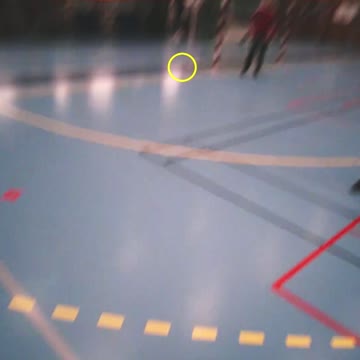
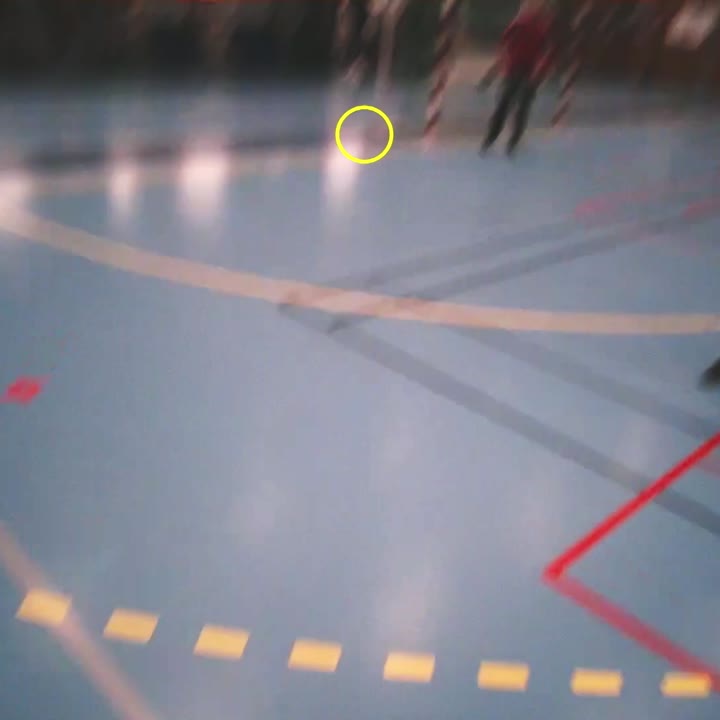
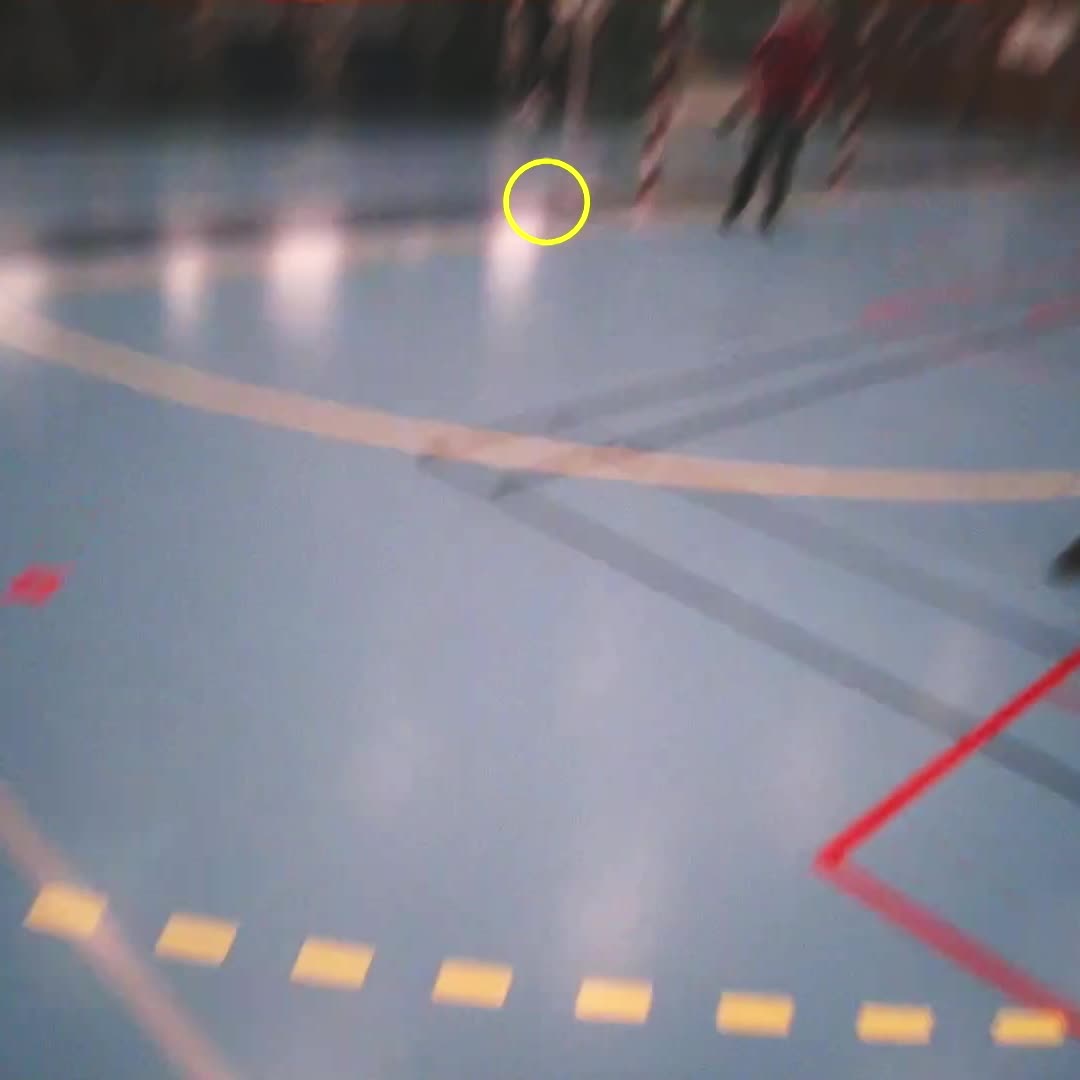



This is exactly what Sagosen does in matches as well.
In the first EHF EURO Cup match against Bosnia, Sagosen was in top form. He scored twelve goals and had several assists.
We’ll look at one of these goals to see how actively Sagosen exploits scanning.
And this is how the attack played out in it’s entirety.
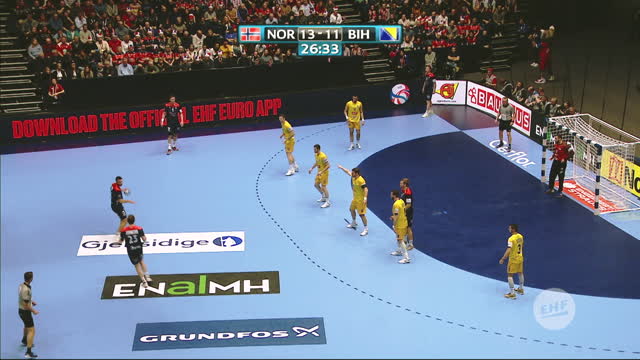
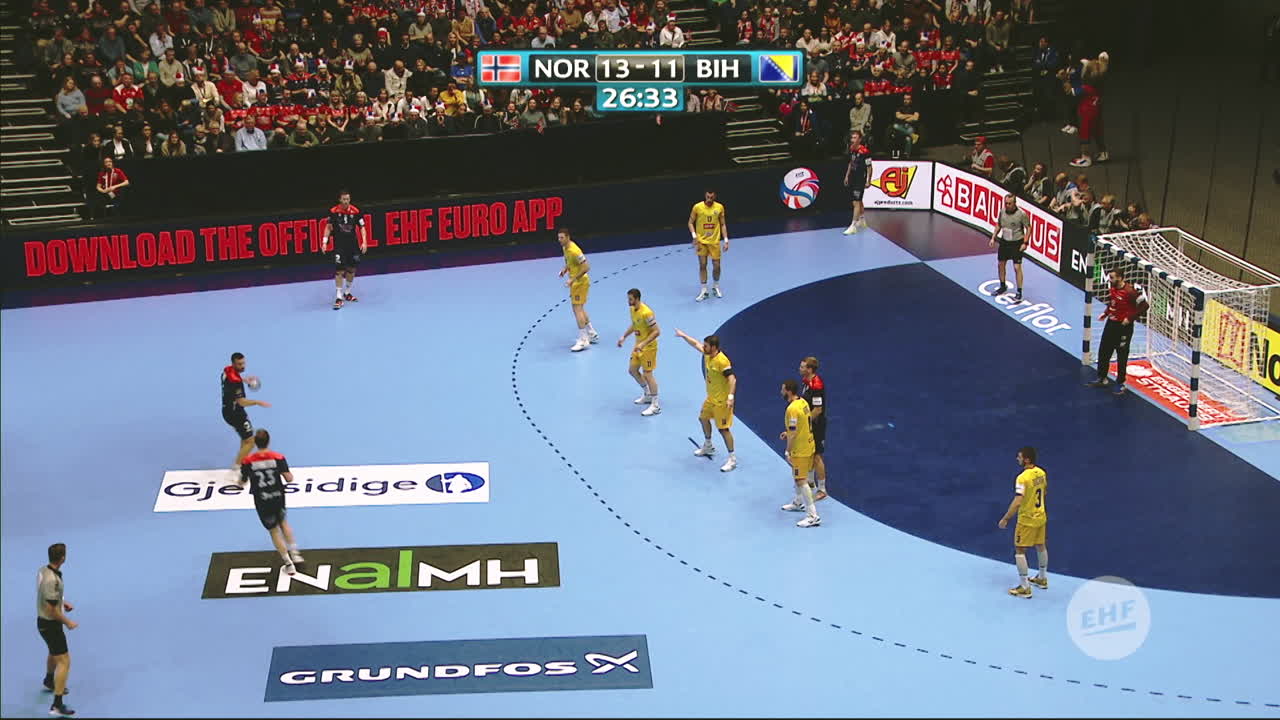
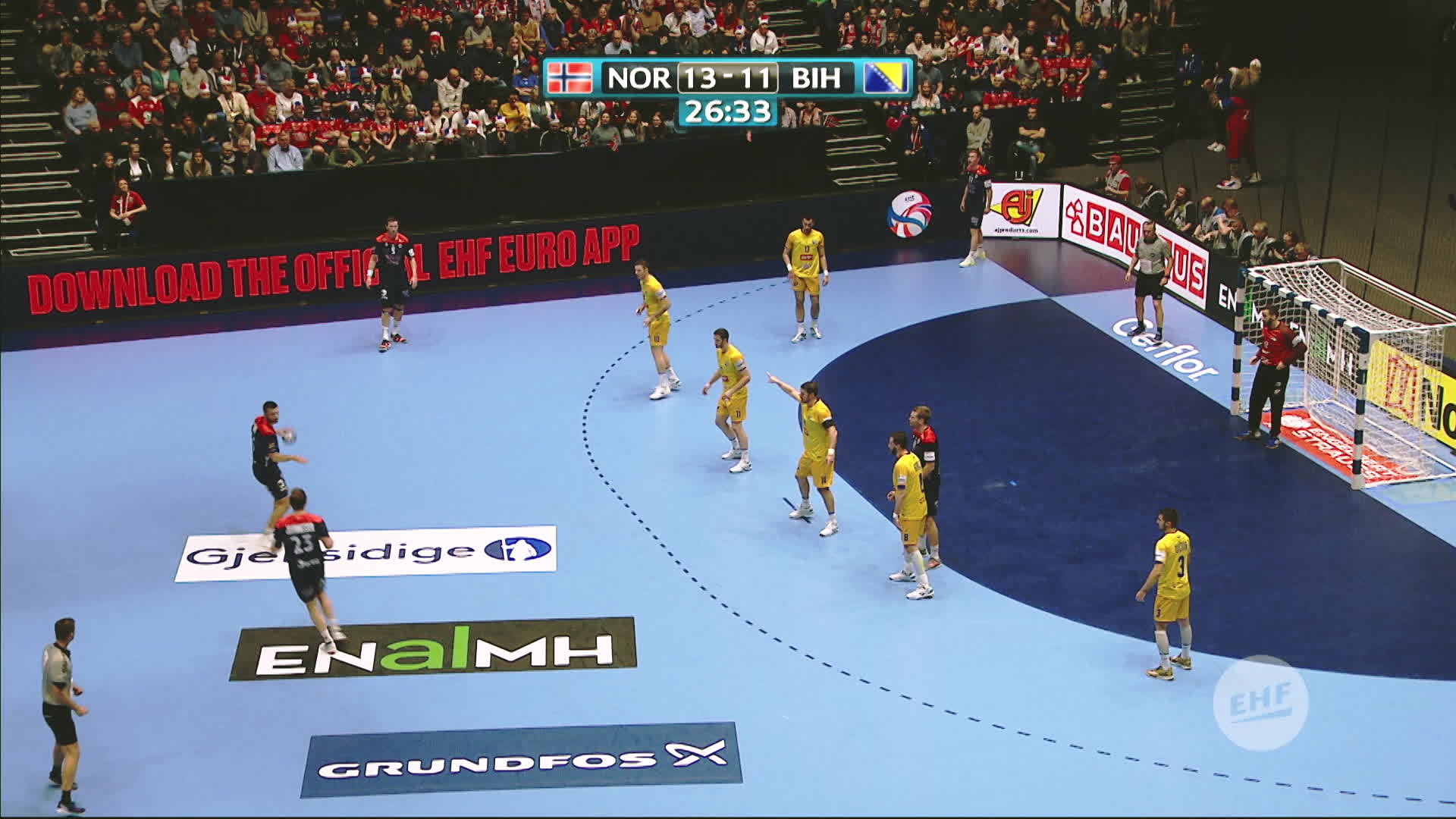
Norway hammered Bosnia in the opening game of last winter’s EHF EURO Cup.
VIDEO COURTESY OF VIASATPerception research has shown that the best ball distribution players, like Pirlo, top the statistics when it comes to the number of scans per game.
They looked at how many head movements the player made in ten seconds preceding a ball interception.
Pirlo made an average of six head movements during that time, and this number crops up among the best. It was also identified in midfield generals Frank Lampard and Steven Gerrard.
But that’s almost trite, isn’t it?
Can it possibly be that simple? That talents like Pirlo and Sagosen are better than other top players just because they look around a little more often?
Slow motion
No, it’s more than that.
Think about how Sagosen just spent an instant on each glance. When you look at something momentarily, your eyes only perceive blurry contours and colours.
Try turning a quick, full circle. Think about it. How much did you actually see?
That’s how little Sagosen needs to see to know exactly what he should do then and there, but also what’s about to happen.
Sagosen has a set role, both in his club and on the national team, as the one who decides how to conclude attacks. His mind must move like lightning to make the instant choice.
Sagosen has a set role, both in his club and on the national team, as the one who decides how to conclude attacks. His mind must move like lightning to make the instant choice.
This is what it’s about: The best players can interpret and understand the most from what they see. They also do it more rapidly than others, and they’re better at ignoring irrelevant information.
So where others would just see chaos on the court, it’s almost as if everything’s in slow motion for Sagosen. That’s how comprehensive his view is.
The researchers and his coach reckon that Sagosen has such a comprehensive view that he always sees up to six or seven ways of solving an attack. He can pick and choose.
This is what makes him almost completely unstoppable.
– Sander isn’t someone who does stuff that looks extreme, but he’s still extreme, because he’s the one who always looks for solutions and manages to find the best one. Nobody else beats him at this at the moment, says NRKs handball expert Håvard Tvedten.
Loves to be the star
One thing you should know about Sagosen, is that this eternal hunt for solutions is what drives him. For him, every attack is a new riddle to crack.
– I’ve always loved to be the one who passes that final, decisive assist, or makes the shot, says Sagosen, with a fond chuckle.
– I can’t deny it. I’ve always thought one of the best places to be is the centre of attention on a handball court.
- I think I choose the right solution nine out of ten times now. And that’s where I have to be, says Sagosen. Here he scores in an EHF Championship League match against Barcelona just before Christmas.
- I think I choose the right solution nine out of ten times now. And that’s where I have to be, says Sagosen. Here he scores in an EHF Championship League match against Barcelona just before Christmas.
But Sagosen’s decision-making abilities are mental. Which means they can be influenced.
He found out as soon as we started interviewing him for this story.
Lost timing
It was December, a few weeks before the EHF EURO Cup. We met Sagosen in Paris. That’s how he first heard about perception in scientific terms.
Sagosen loves to learn, and this is something the researchers recognise. The best athletes they’ve studied are often the ones who want to know the most about the science.
Sagosen, here outside the handball court in Paris, recognised perception as what he had called “reading plays”. - And reading plays may be what I do best, he says.
Sagosen, here outside the handball court in Paris, recognised perception as what he had called “reading plays”. - And reading plays may be what I do best, he says.
– The question of perception and how I think when I make my choices was something I hadn’t really considered before. But then I started thinking about it, Sagosen tells us.
What happened next is interesting. Because as you remember: One key was the absence of thoughts.
– I thought: Is that how I am? What I actually do? I decided to test during practice. For example that I’d try playing a line fielder to see. I thought he would be available. But when I did it like that… Suddenly he wasn’t, says Sagosen.
Then it got worse. Suddenly he missed his passes. Shot at the wrong moment. Finally his coach sized him up and asked what was going on.
It’s not the first time it’s happened to Sagosen. Something similar happened in both finals he’s played for Norway in championships. They ended in losses that still sting.
– I’ve never tried to hide it. It just didn’t work then. They were maybe the two most important matches I’ve played, and I wanted too much there and then, he tells us.
These finals are an important reason why Sagosen now knows he has to trust his mind, and resist the temptation to try too hard – or think.
– I learned a lot from it. I think you have to be there to understand: That handball is to some degree about letting things run their own course, he says.
And that was the solution when it happened again last winter. When the EHF EURO Cup started a few weeks later, the world could tell that his body and mind were in the right place. Sagosen became both top scorer and assist king in the cup.

Norway didn’t win gold in this year’s EHF EURO Cup either, but Sagosen is determined to make it happen one day. It’s the great dream of his career.
– Luckily it didn’t last that long. It’s kind of funny that it turned out raising my awareness about the importance of playing by intuition, Sagosen says.
How to see – without looking?
It’s time to get to the bottom of what Sagosen actually sees that enables him to find the good solutions.
The shootout test revealed another interesting thing about how he uses his vision. Or rather: How he doesn’t use it.
Consider this: The videos show that Sagosen hardly looks directly at the goal when shooting. He doesn’t look that much at the goalkeeper, and almost never at the arms and feet of the defence player.
When he starts to approach the goal, he actually looks down at the court, like we see here:
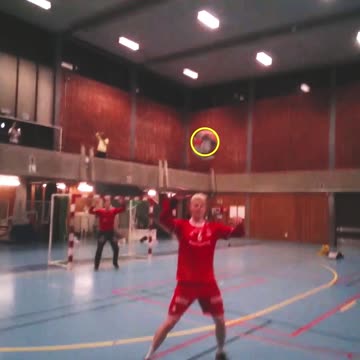
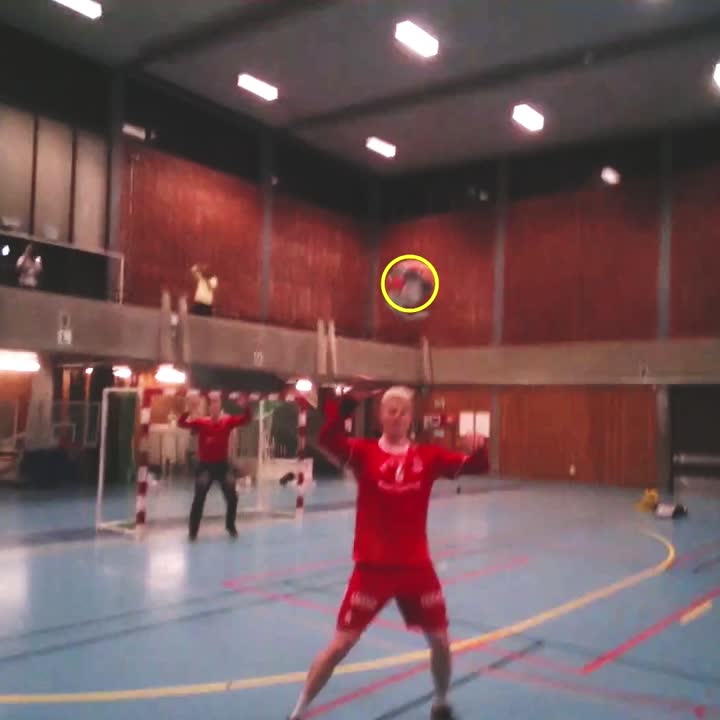




Sagosen is very aware of this detail.
– In handball, players are so close we can read each other’s eyes. I always try to face the goal to be dangerous to it, but also try to hide my gaze, Sagosen explains.
But like everyone else, Sagosen has to gauge which corner to place the ball in, and he also needs to identify the defence player’s position. So how does he do it?
The answer is actually that Sagosen looks at necks and chests.
Like here:
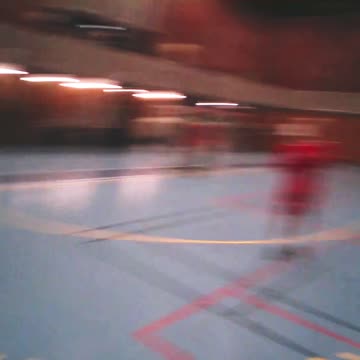
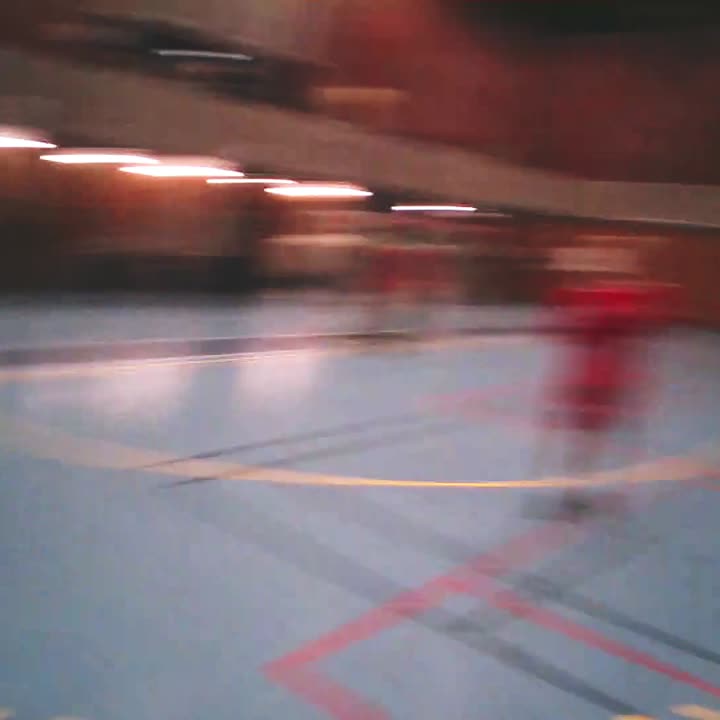
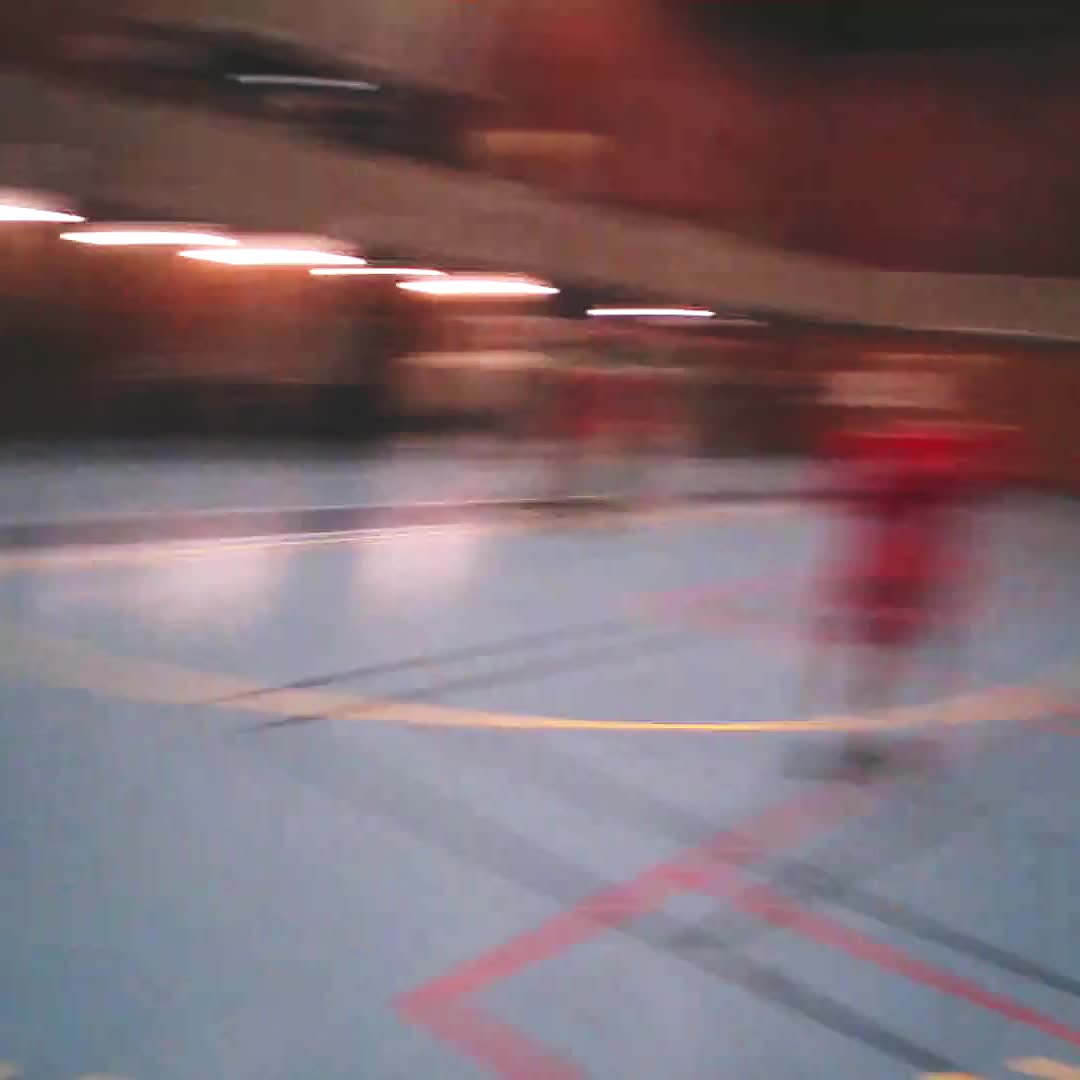



Why does he do it? This finding is proof of something the researchers have theorised about:
Something happens to handball players’ peripheral vision, the ability to catch what’s going on in the corner of your eye.
Peripheral vision is the view of everything surrounding what the eye is focusing on. In other words: When Sagosen focuses on the defence player’s neck, he maintains peripheral vision of the goalkeeper, the goal corners – and all the other players.
You could say that he sees them without looking at them. So they don’t know what he’s planning.
– It seems that Sagosen has learned how to interpret input from his peripheral vision better than many others, research fellow Aksum says.
One intriguing find that highlights how much Sagosen uses his vision like this, is that he sometimes tries to fool his opponents into believing he’s not using his peripheral vision.
We’ll try to explain. During penalty shots we see that Sagosen starts with his preferred move, a glance at the goalkeeper’s neck and chest. Then he often starts scanning the goal itself. You’d think it was to decide where to place the shot.
This is where science reveals Sagosen’s secret.
– These eye movements are so rapid that they’re not fixations, but possibly something he does to mislead the goalkeeper with his eyes, Askum says.
That’s what’s happening here. Sagosen is feinting with his eyes:
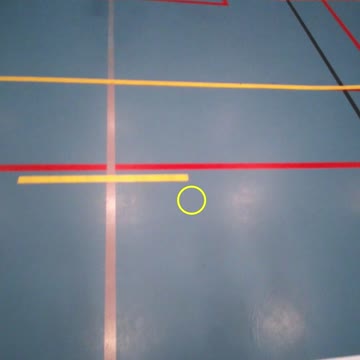
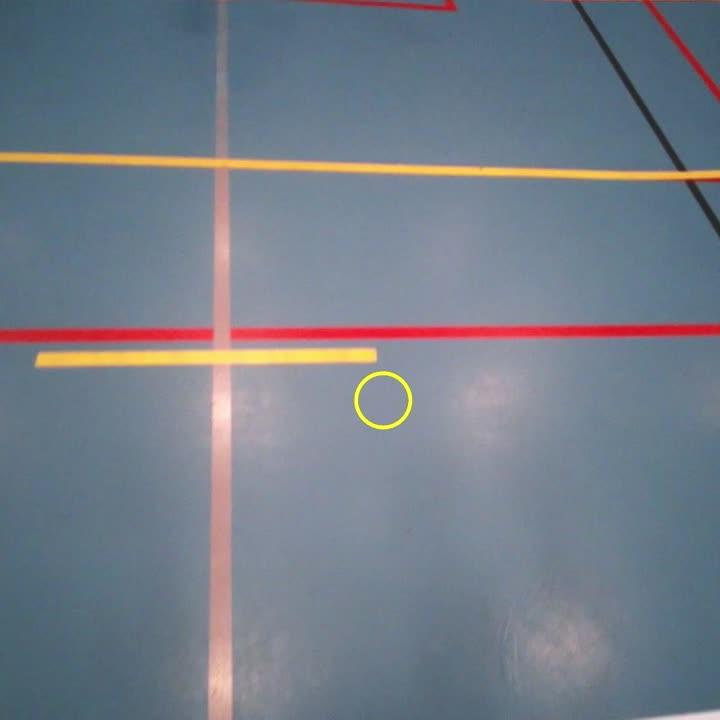
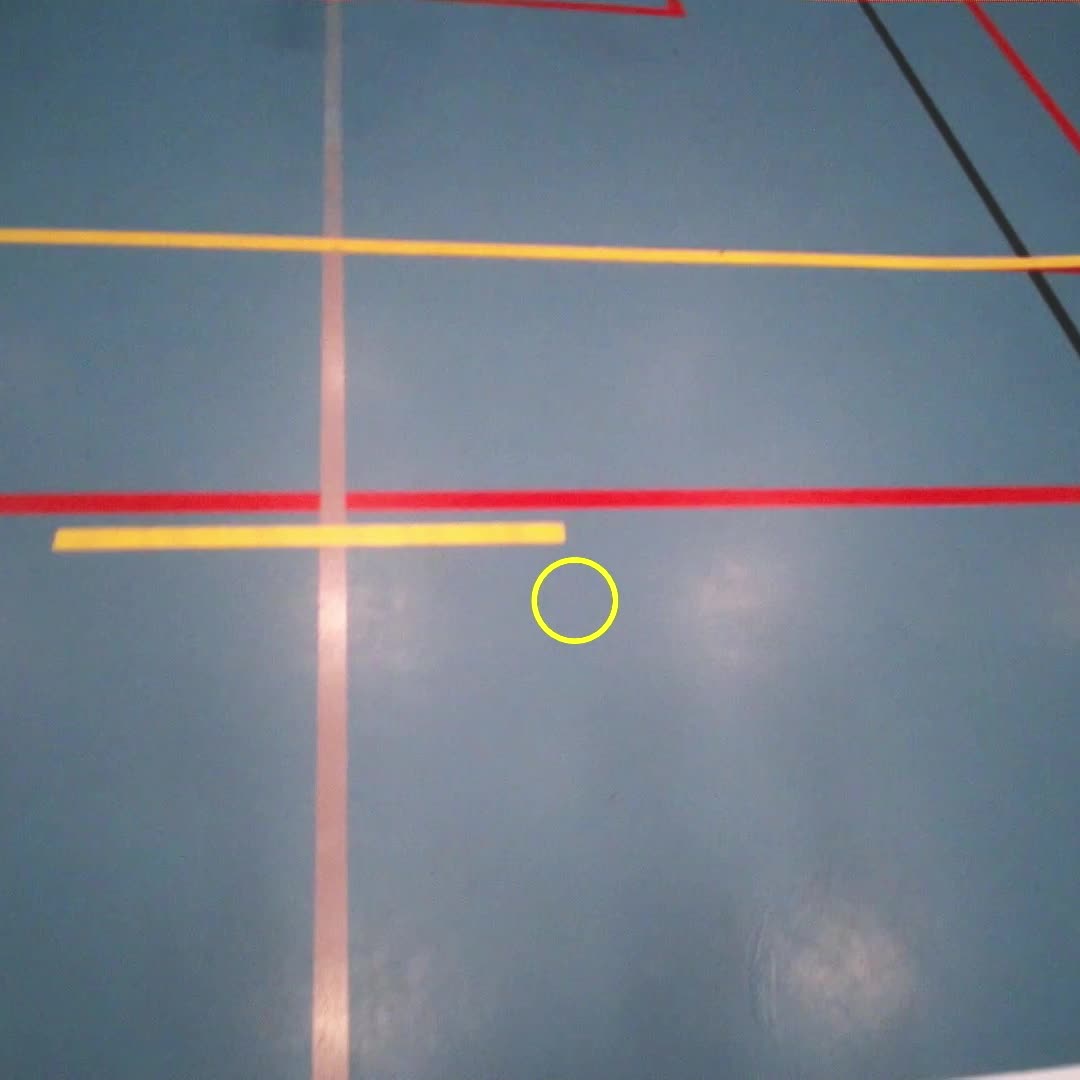



Sagosen can pretend to be looking at one corner, but in reality be zeroing in on another corner – with his peripheral vision.
The truth is that he usually waits until the very last moment before deciding where to shoot.
– I try to wait as long as possible, because in my experience, that’s when I get the best shots, says Sagosen, and explains that he’s able to do this because he can direct the ball with a final flick of the wrist.
So what does all this mean? In short: It’s virtually impossible for defence players and goalkeepers to read Sagosen.
And there’s every indication that Sagosen’s mind works faster and better than that of most other players.
But does that mean he has an unusually agile mind outside the court as well?
The talented Haslum goalkeeper Thomas Langerud got the job of trying to stop one of handball’s most reliable penalty shooters.
The talented Haslum goalkeeper Thomas Langerud got the job of trying to stop one of handball’s most reliable penalty shooters.
The quick mind
The researchers invite Sagosen to their laboratory to perform one last, slightly different test. They want to find out if he has the ability to keep track of a lot of information outside the handball court as well.
They hand him a pair of 3D glasses and park him in front of a large screen where balls start popping up.
Sagosen’s competitive streak came alive when he got this task. Seated in the background is Anders Meland, senior engineer at the psychology lab of the Norwegian School of Sports Sciences. Meland says this can be a good exercise, not least for injured players.
Sagosen’s competitive streak came alive when he got this task. Seated in the background is Anders Meland, senior engineer at the psychology lab of the Norwegian School of Sports Sciences. Meland says this can be a good exercise, not least for injured players.
Sagosen will try to follow three of the balls with his eyes as they merge with a group of other balls. When the image freezes, he’ll point out where the three balls are.
But it doesn’t go very well. Sagosen gets it wrong, time and time again, even though he does slightly better in the second round.
- The fact is, an average person would achieve the same score, Aksum says.
This substantiates the research in two ways: For one, Sagosen doesn’t see any better than most people.
- Athletes usually have perfectly normal eyesight. So once again it’s about how they’ve learned to extract information from what they see, Aksum says.
It also tells us something else: Players that have good visual perception only have it in connection to their sport. Because that’s how the human mind works. It loves to learn, but it’s not good at transferring what it learns to other contexts.
- I haven’t noticed that my mind is particularly quick otherwise. I didn’t do very well at school, didn’t do particularly well in arithmetic or anything like that. It only comes to the surface when things start to look like handball, Sagosen tells us.
Analysing over dinner
Very many people try to be good at handball. So how did Sagosen’s handball mind end up being the very best?
He has a theory that might explain it. But we have to emphasise that most of it comes from his natural and extreme desire to improve, and of course vast amounts of training.
But there is another thing.
From the age of eight or nine, Sagosen and his father, often together with the rest of the family, sat looking at videos. They watched matches with the best teams in the world and scrutinised what the good players were doing.
- Kiel, Barcelona and so on, Sagosen tells us.
And when Sagosen played matches, his mother would usually film them.
- Then we went home and watched the video over dinner, analysing it together. It was something we all enjoyed, and it was fun for me, Sagosen says.
So mealtime conversations would be about: Did he make the right choice there? Which other solutions could he have chosen?
Sagosen studied, trained and practiced. He was smaller and leaner than most other players at the time. So he decided to beat them by being smarter.
A seed had been sown in the young handball player.
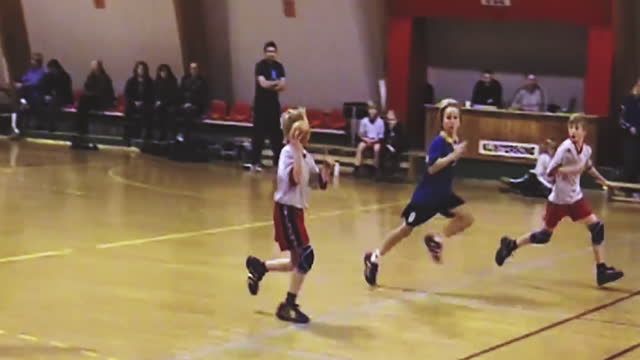
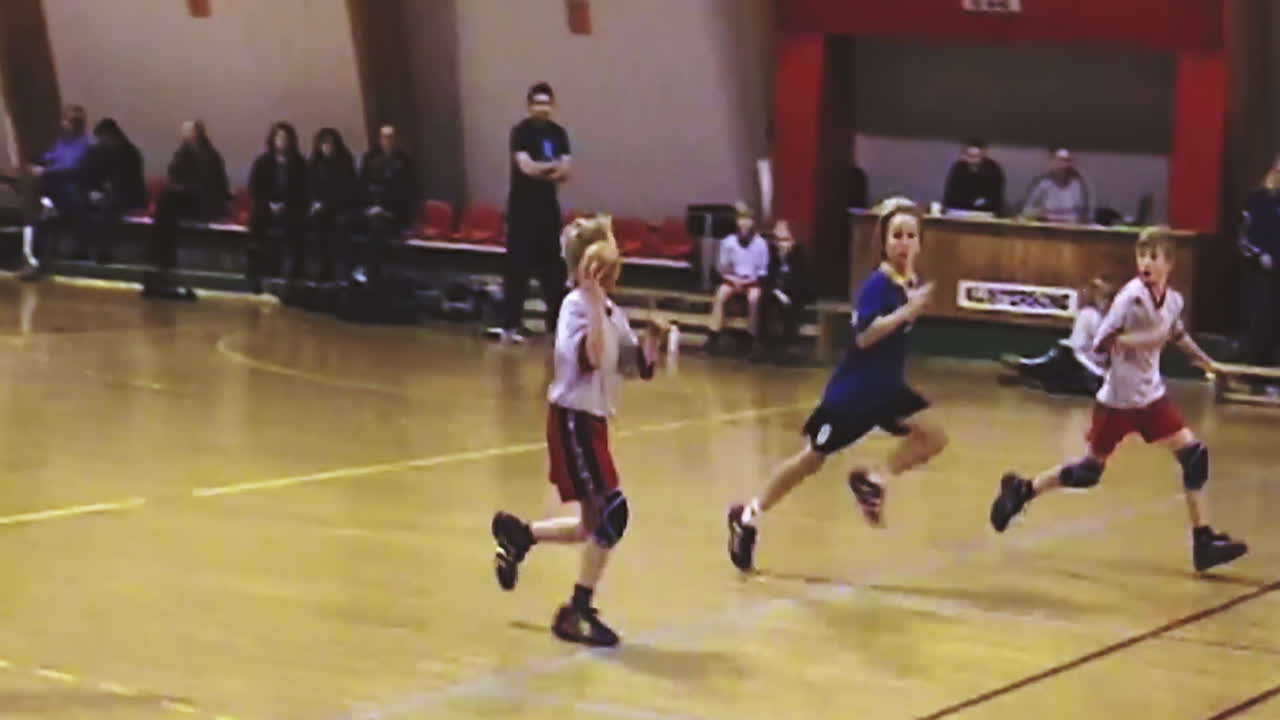
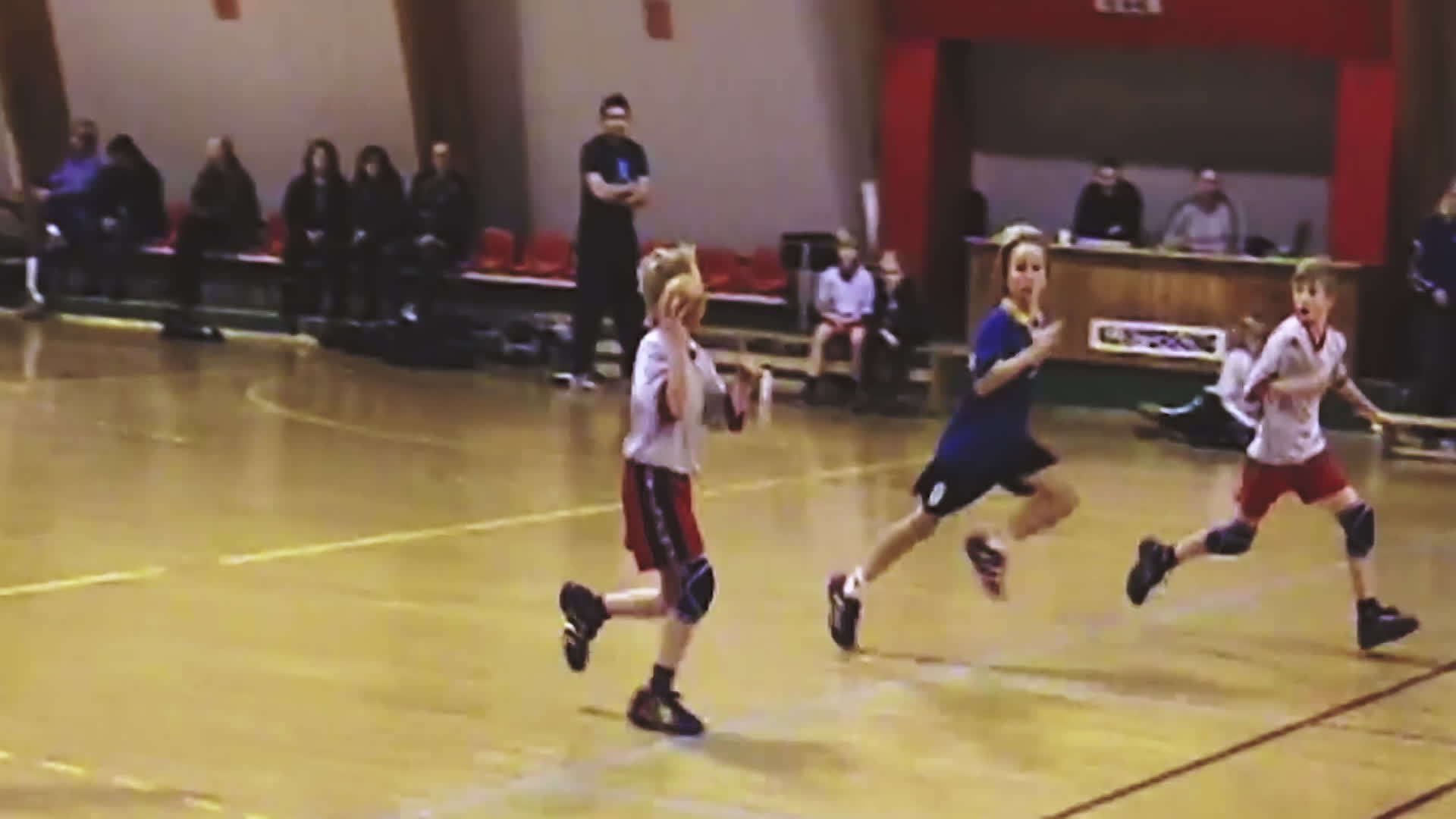
Sagosen stood out at an early age. Always one small step ahead in terms of technique and understanding. He’s maintained this edge all the way.
– I think those analyses meant the world, he says.
This is still how he likes to work.
– I think it’s helped me become more analytical, able to recognise as many different situations as possible when I’m out on the court, Sagosen says.
Stop thinking about it
The Sagosen family gathered in front of the screen once more when the video from the eyeglasses arrived via email from the researchers. Everyone wanted to see this.
And Sagosen himself? He was surprised.
– It was interesting, because it wasn’t what I thought it would be, he says.
– The most fascinating thing was noting how consistent I am. I don’t look around here and there, it’s the same thing every time, the neck region for example. It’s also fascinating to note that I never need to look at the corners to know where they are.
And he wasn’t aware that he’s so consistent at what researchers call scanning.
– But it has to be there, in the scans, that I observe things that allow me to know what’s going to happen. For example when I understand that the goalkeeper is about to move twenty centimetres, Sagosen says.
And Aksum also concludes that Sagosen unconsciously has automated fixed patterns to retrieve information from his vision.
– And that quite simply indicates that he’s at the very top, says Aksum. He explains.
– A less good player would have more variations, more uncertainty. But Sander never doubts how to handle it. He focuses on the same things, but based on that, he can choose between many and very different options.
Now Sagosen knows all this. But by fall, when he starts the handball season at his new club, Kiel, he should forget at least some of it. Because that’s how it works.
– It’s interesting to get a bit of data, get a picture of what’s going on, but I’m not going to analyse the way I see during matches. Because now I know that I’m a better handball player when I don’t think, Sagosen says.
It’s a bit like his dad put it when the family had gathered to look at how Sagosen used his vision in the same way again and again, but always with a slightly different outcome.
– That’s all you need to see. In the end, it’s all about intuition.




